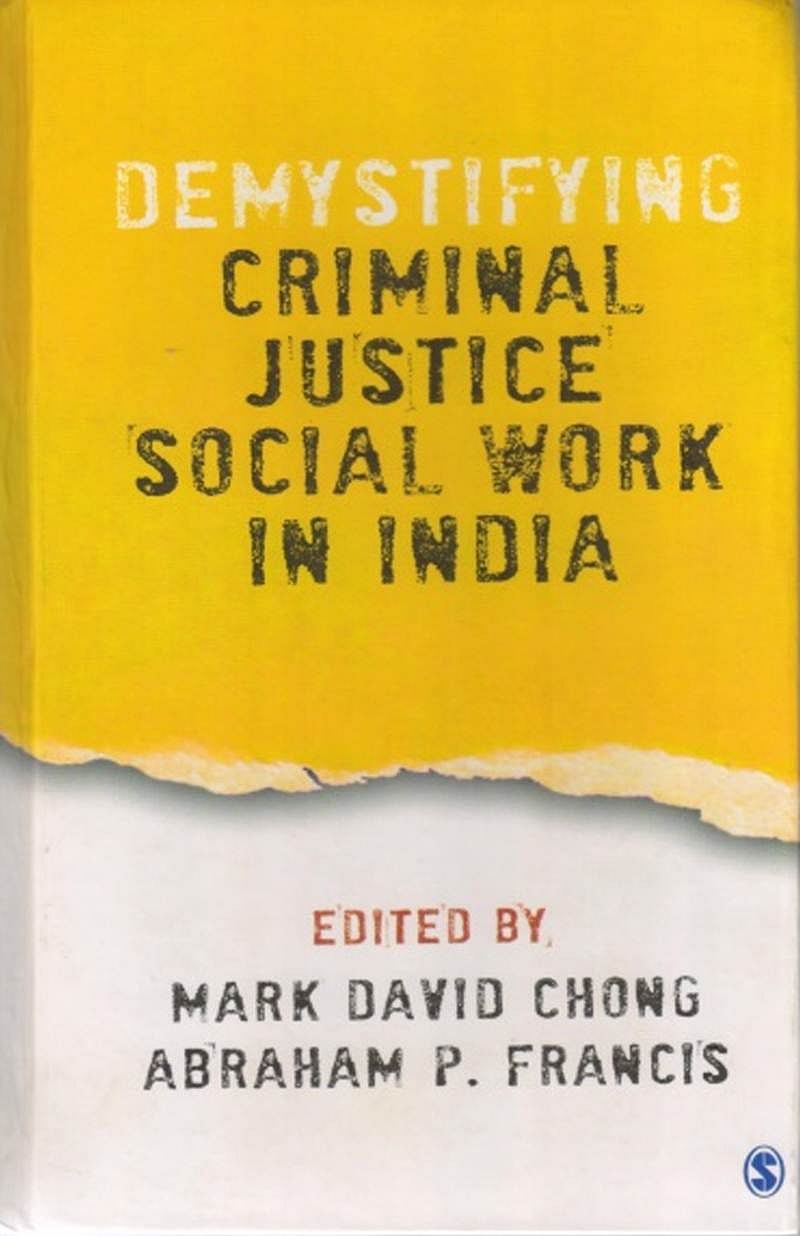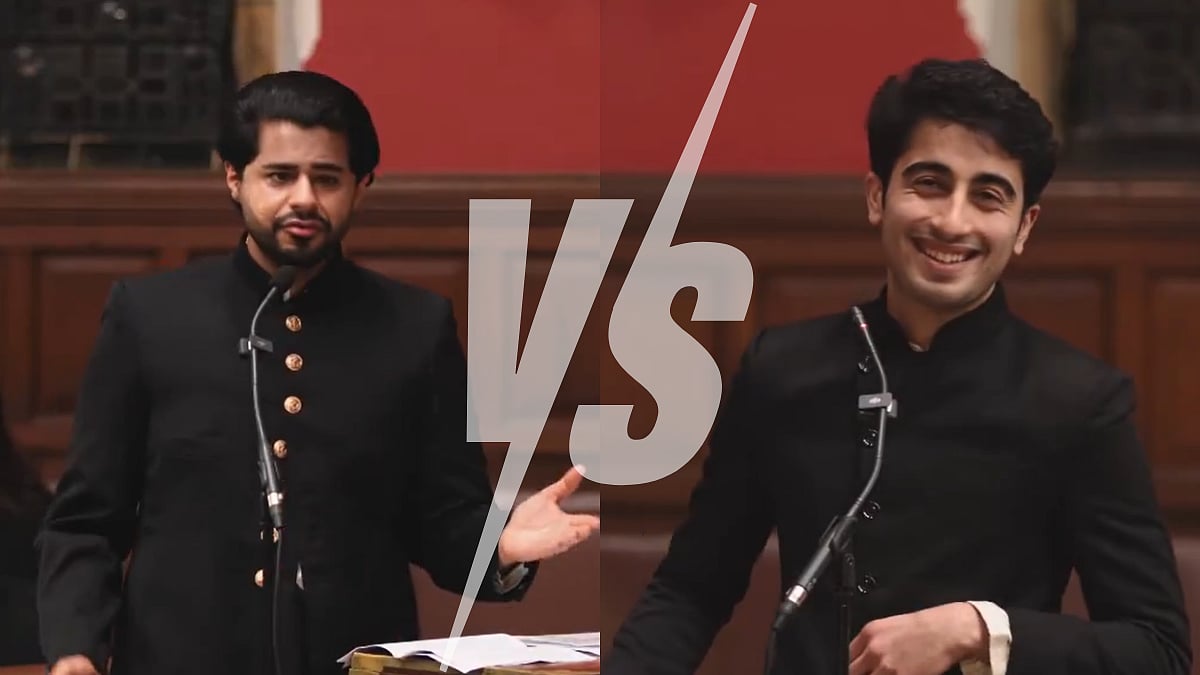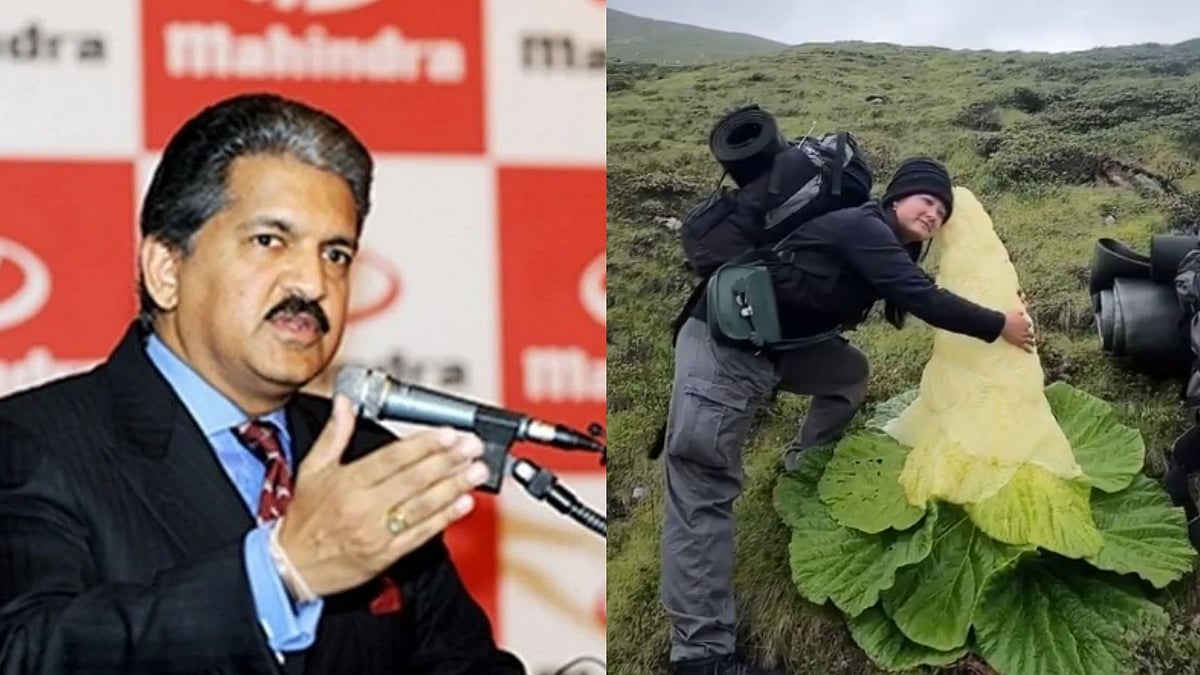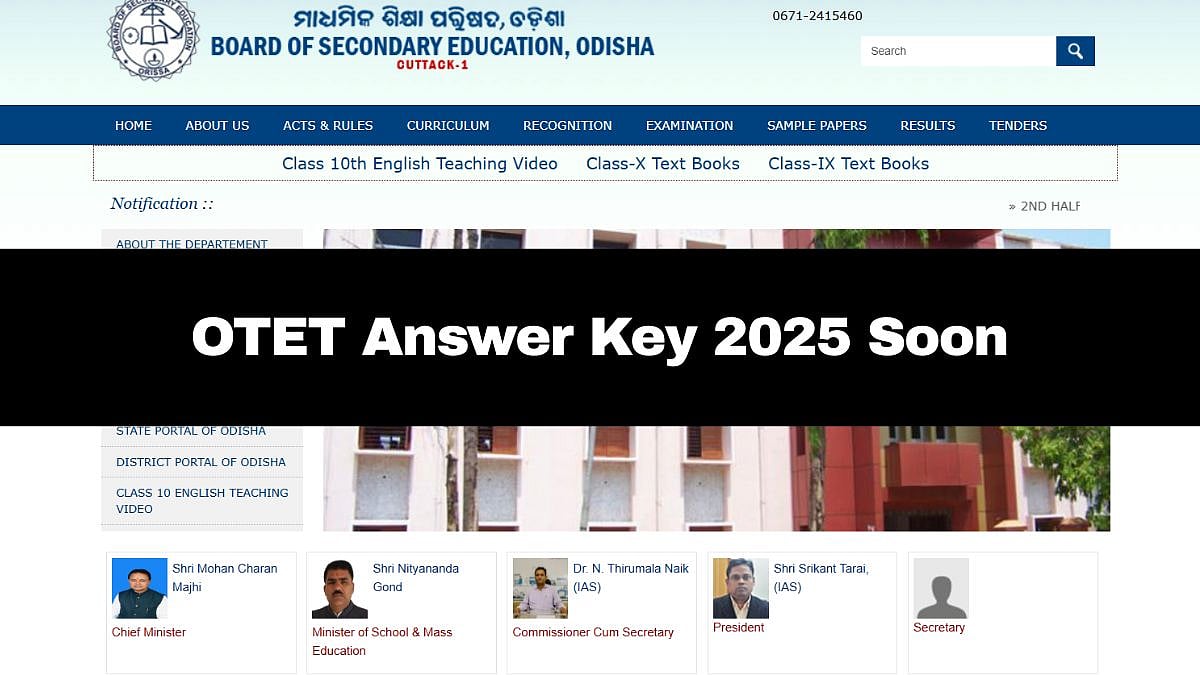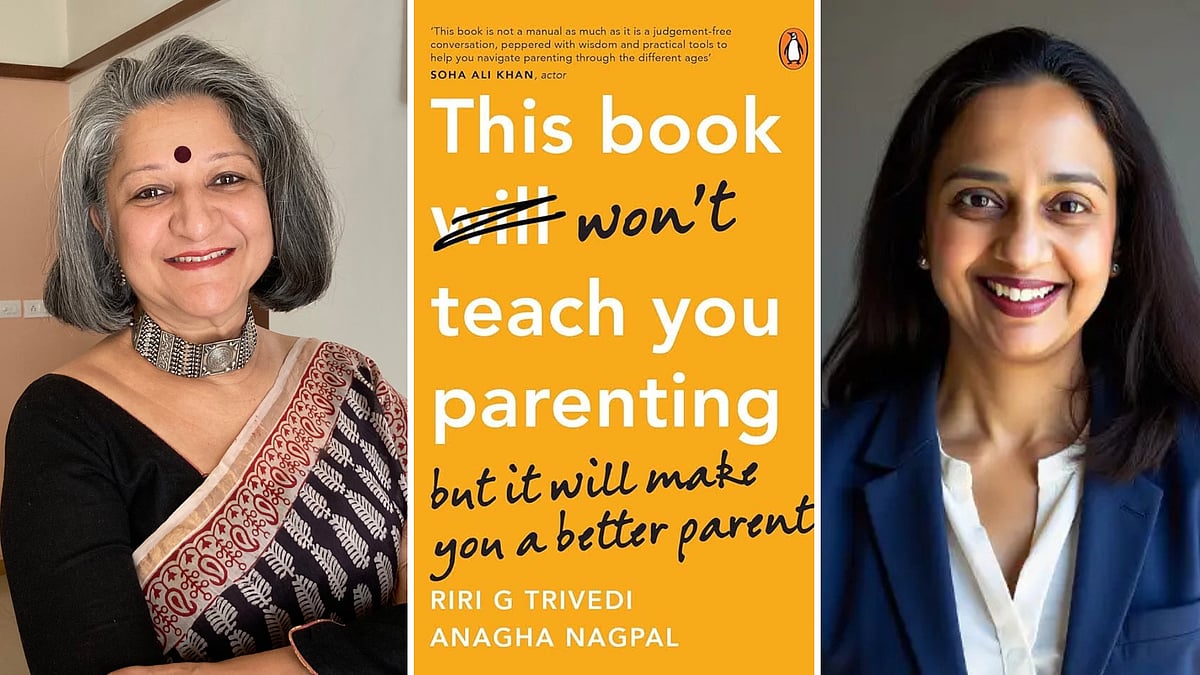Title: Demystifying Criminal Justice Social Work in India
Editors: Mark David Chong and Abraham P. Francis
Publisher: Sage Publications: 2017
Pages: 297; Price: Rs 950
This book makes its appearance when everyone in the media is at its howling worst: Manjula Shetye’s death in prison due to the alleged sexual assault by a woman official – right in the heart of Mumbai. Virtually next door stands the institution that pioneered social work intervention in the Criminal Justice System.
But, let’s go back a little. The general objective of Criminal Justice is that prisoners should be punished, not rehabilitated (which is consonance with the theories of retribution and deterrence). This, however, ignores the stark fact of the thousands of undertrials that await the majesty of the law to turn towards them; in addition to the thousands of schizophrenics and other mentally ill undertrials or convicts. And then there are those who find themselves in jail for no reason other than that they were found near the scene of the crime. Another set of prisoners is made up of those who cannot afford to pay for their defence – the marginalised (poor, tribal folk, Dalits), disabled, aged, and juveniles (particularly those abandoned by parents and society). There is also a set of prisoners that are caught for that one, single offence, pre-meditated or otherwise, and left to languish in jails as undertrials, exposed to the so-called ‘hardened criminals’ …
There is however, a growing movement in India (the Indrani Mukherjee/Manjule Shetye incident and its implications notwithstanding) for greater involvement of social workers in the amelioration of conditions of prisoners. A major development was set off by the 1948 UN Universal Declaration of Human Rights with reference to ‘custodialized populations’ – which spoke inter alia of the right to recognition as ‘persons’ before the law; this was followed by the UN Standard Minimum Rules for Treatment of Prisoners (1955) which provides that the prisoner shall be encouraged/assisted in maintaining or establishing relations with persons or agencies outside the jail which will “promote the best interests of his family and his own social rehabilitation”. In India, we have the Prisons Act (1894/1957) and The Model Prison Manual of 1970. The Supreme Court of India also stressed upon the UN Declaration (Sunil Batra Case of 1980) and directed that wherever possible Community Agencies should be enlisted to get their assistance in social rehabilitation of prisoners. The Centre for Criminology and Justice at the Tata Institute of Social Sciences (a pioneer in professionalising social work in India) was a direct response to the need for creating this resource. Tremendous work is being done by organisations like Prayas of Mumbai, Sudhaar (Bhopal), Varhad (Amravati), Sahyadri (Sholapur) and Sahyog (Pune). We have had the National Police Commission (1979-83) and the Mulla Committee of 1983 … “oft-quoted by experts and officials as a standard document that needs implementation”. And that, one supposes, is how a Manjula-Shetye happens.
The book under review, dealing with that huge scope for intervention by social workers to improve prison conditions and the behaviour of police officials, as much as the need for appropriate training of officials and social workers, is primarily intended for criminal justice social workers both as a record of what has been done and what can be done. Divided into three parts, it covers the (I) key theoretical concepts, paradigms and problems that underpin Criminal Justice Social Work in India; (II) highlights how these fundamental frameworks can be or have been applied in practice; and (III) seeks to challenge and push the readers to consider three major areas that require particular attention: encouraging education and training in this area, protecting the human rights of offenders and victims of crime, and addressing an emerging trend of cyber victimisation. The final chapter offers glimpses of what the future could hold for Criminal Justice Social Workers and closes with the hope that the book will inspire students, scholars and social workers to become a part of the Criminal Justice System. The book also addresses itself to the two significant hurdles in getting more professional social workers to become Criminal Justice Social Workers: (1) the stigma attached to Criminal Justice Social Work given its potentially coercive and social control roles vis-à-vis the traditional social work objectives of achieving social justice and protecting human rights and (2) the relative dearth of relevant text and research-based reference books on the subject. The authors try to clear the air for the former and provide important leads to the latter. While warning the reader that Criminal Justice Social Work is demanding and full of contradictions (“requiring courage with discretion, empathy with discernment”) and that it is not for the faint-hearted, the editors say that bringing hope to the victimised, helping them to overcome the post-traumatic effects, providing reparation and healing – whether to the offender or to the victim – is very rewarding in itself. There is a danger here arising from the “attention” given to criminals who, as the social worker believes, have been denied emotional sustenance: the tendency to get emotionally involved with the social worker – or vice versa. This is a pitfall, not uncommon, but ignored in a book addressed to criminal justice social workers.
And then, a moment comes but rarely, when all our theories and all our good intentions are lost in one terrifying incident – shaking our confidence in the very fence that is meant to keep us safe. Dedicated social workers in this field will surely be numbed with this Freudian nightmare made real, at the Byculla prison, our very own Al Ghraib. Which brings us to the basic question – how do Criminal Justice Social Workers deal with crimes committed out of sheer wantonness? Another aspect not covered in the book.
